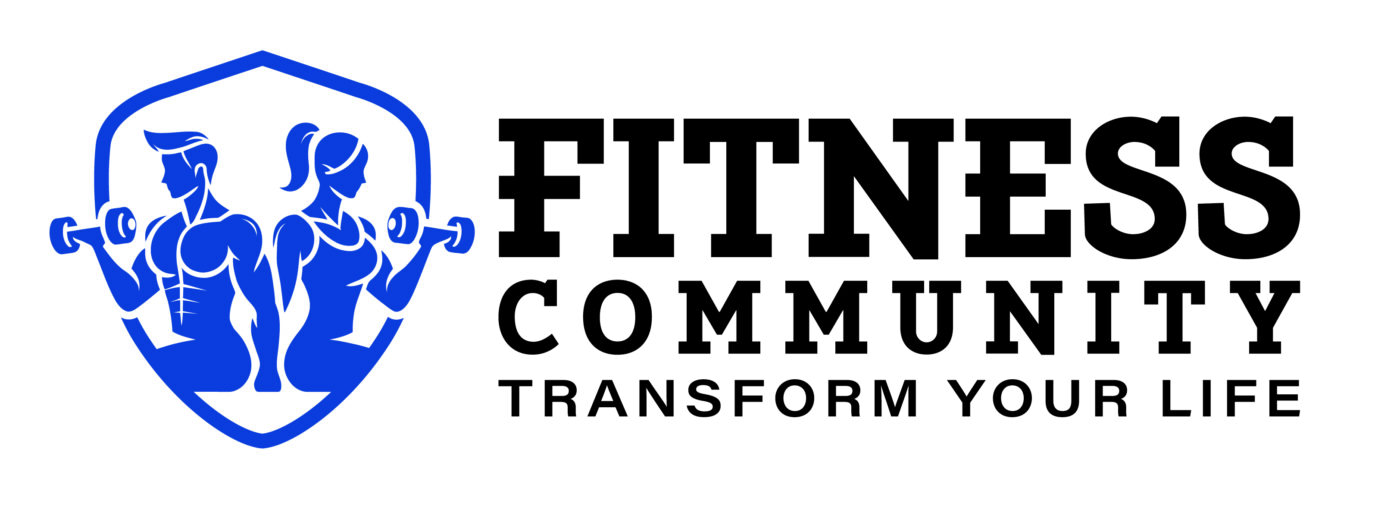EXERCISE AND WORKOUTS
Mastering Proper Form for an Effective Dumbbell Bench Press
When it comes to heavy lifting, having a spotter is ideal for safety reasons. However, circumstances may not always allow for one. That’s why it becomes crucial to establish and execute the dumbbell bench press with proper form. Here are some key factors that contribute to good form:
- Grip and Wrist Strength: The dumbbell bench press demands greater grip strength compared to the traditional barbell press due to the freedom of movement offered by dumbbells. Developing adequate grip and wrist strength is essential for maintaining control throughout the exercise.
- Avoid Anterior Shoulder Pain: While the dumbbell bench press is generally less stressful on the shoulders, it is important to be mindful of any existing anterior shoulder pain. If discomfort arises, caution must be exercised to prevent exacerbating the issue.
- Independent Set-up and Finish: While relying on body English or excessive movement may make it easier to position the dumbbells, it can place unnecessary strain on the shoulders. It is also important to refrain from dropping the dumbbells to the ground after each set, as this can be unsafe and potentially lead to shoulder joint injuries.
- Proper Upper Arm Angle: To optimize the benefits of the dumbbell bench press, it is recommended to maintain a 45-degree arm angle. Pressing with the arm tucked to the side or the elbow parallel to the shoulder is suboptimal for maximizing chest and triceps engagement.
Avoiding Common Dumbbell Bench Press Mistakes:
Even with increasing dumbbell weights, achieving flawless form is challenging. However, addressing these technical flaws is crucial, regardless of the weight you’re lifting. Ignoring these mistakes can compromise safety and hinder muscle and strength gains. Remember, it’s essential to avoid letting your ego dictate lifting excessively heavy weights.
- Improper Set-up and Finish: While the temptation to drop the dumbbells and create a resounding impact may seem enticing, it is not only unsatisfactory but also poses safety risks. Dropping the dumbbells can cause them to rebound and potentially harm nearby individuals. Additionally, repeated dropping, especially with heavier weights, can lead to shoulder joint injuries.
Fix: Resist the urge to drop the dumbbells. Instead, request assistance from a workout partner or someone at the gym to spot you if necessary.
- Insufficient or Excessive Range of Motion: Manipulating the range of motion during the dumbbell bench press can hinder progress. Reducing the range of motion limits the muscle-building tension and potential gains, while extending it excessively by dropping the elbow below the torso compromises the anterior shoulder and increases the risk of pain and injury.
Fix: To ensure proper range of motion, a helpful technique is to have a reference point. This can be achieved by placing a hand below the torso and instructing yourself or your workout partner to touch the elbow to establish the appropriate depth. If self-judgment is challenging, consider performing the dumbbell floor press instead.
- Improper Upper Arm Angle: Allowing the elbow to flare out excessively places the shoulder in a vulnerable position and diminishes the focus on the chest during the exercise. Conversely, keeping the elbow tucked into the side emphasizes the triceps more than the chest. A 45-degree arm angle strikes a balance, effectively engaging both the chest and triceps.
By mastering proper form and addressing these common mistakes, you’ll enhance the effectiveness of your dumbbell bench press, promoting optimal muscle development and minimizing the risk of injuries. Prioritize technique over ego and make each repetition count for a safer and more rewarding chest workout.

